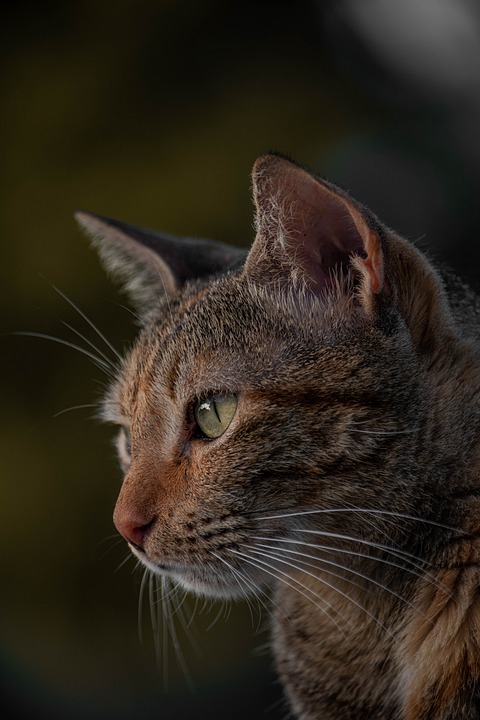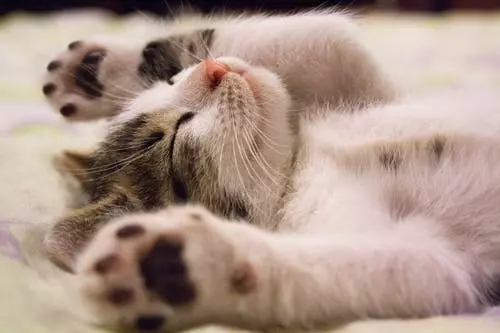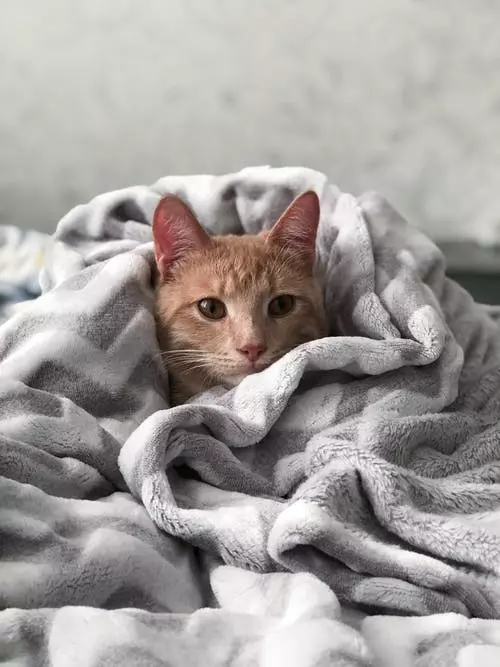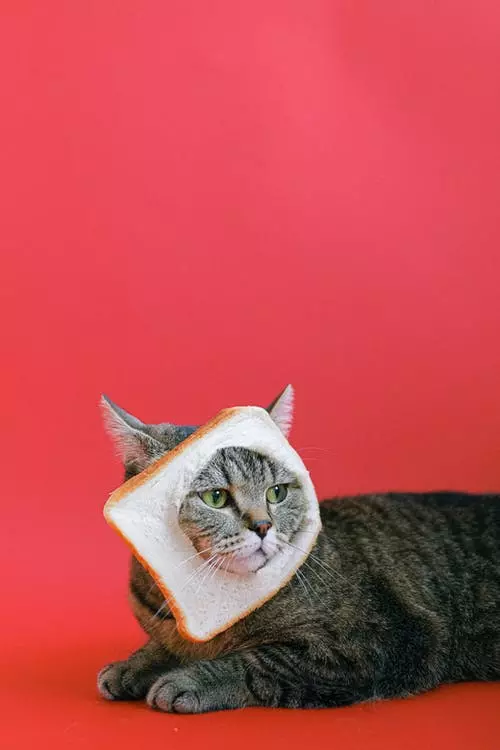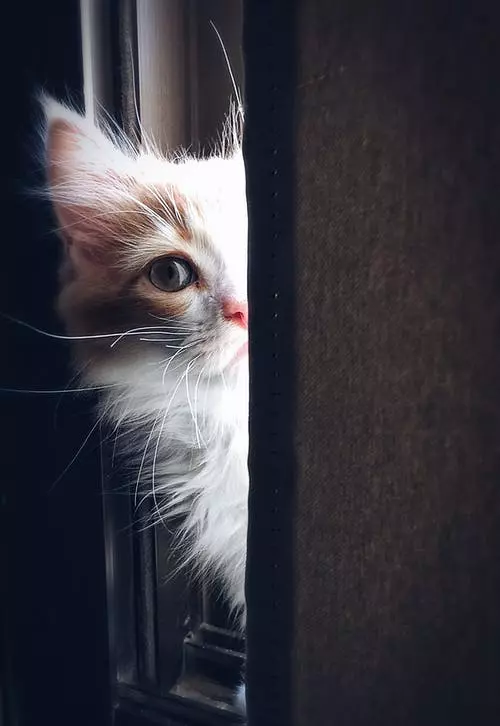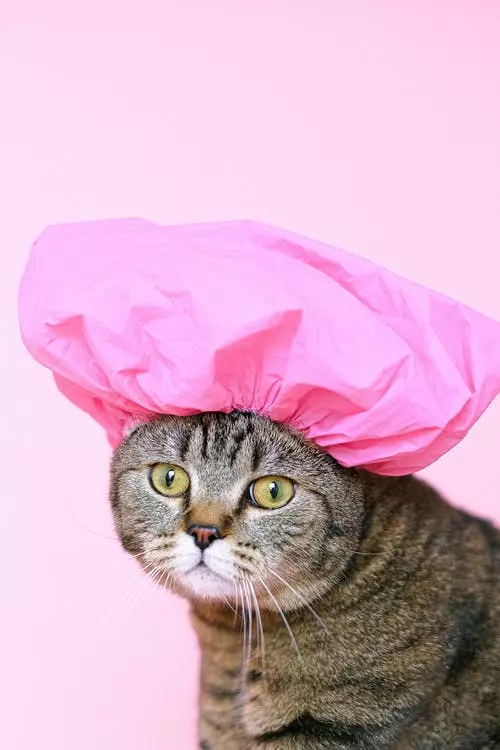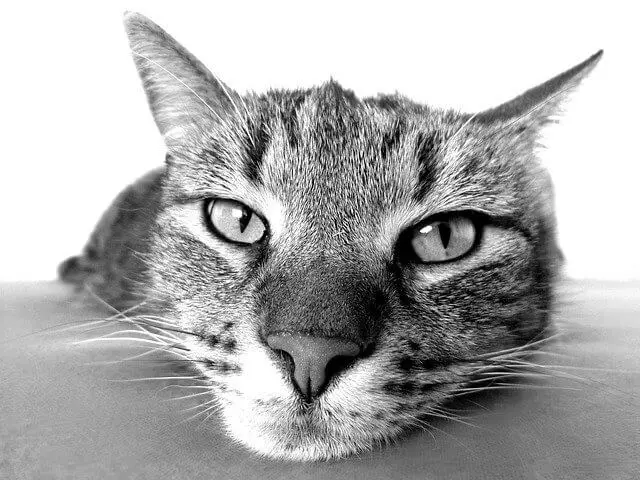Cats are known for their independence and mysterious nature, but did you know that they also have a hidden language of touch? By exploring the power of touch cue in cat training, you can enhance communication and interaction with your feline companion, strengthening the bond between you and your furry friend.
Understanding the significance of touch cues in cat training is essential. Cats naturally rely on touch to communicate with each other and with humans. By utilizing touch cues, you can reinforce positive behavior in your cat and establish a deeper connection with them.
One of the primary types of touch cues is affectionate touch. Gentle stroking and petting techniques can be used to reinforce positive behavior in your cat. By offering loving touches, you are showing them affection and rewarding them for their good behavior. This can help to build trust and reduce anxiety in your cat, creating a more harmonious relationship between you and your feline companion.
Tactile reinforcement is another important aspect of touch cues in cat training. By associating touch with rewards during training, you can effectively redirect and correct unwanted behavior. For example, if your cat scratches the furniture, you can gently touch their paws and redirect them to a scratching post. This helps them understand what is acceptable behavior and what is not.
Therapeutic touch is also a powerful tool in cat training. Calming techniques such as massage and acupressure can promote relaxation and stress relief in cats. This can be particularly useful in situations such as vet visits or introducing a new environment. By using therapeutic touch, you can help your cat feel more comfortable and secure.
Incorporating touch cues into your cat training routine is essential. Establishing a consistent touch cue routine helps your cat understand what is expected of them. Pairing touch cues with verbal commands can reinforce their training and help them make the connection between the touch and the desired behavior. It’s important to gradually introduce touch cues during training sessions, allowing your cat to become familiar and comfortable with the process.
The benefits of using touch cues in cat training are numerous. By incorporating touch cues, you can strengthen the bond between you and your cat. The tactile communication helps to enhance understanding and communication between you and your feline friend. Touch cues also encourage desired behaviors and discourage unwanted actions, making your cat training more effective and rewarding.
In the FAQ section, common questions about touch cues in cat training are addressed. For example, touch cues may not be suitable for all cats, and it is important to determine the appropriate amount of pressure during touch cues. Touch cues can also be used to correct aggressive behavior and help with litter box training. However, if your cat doesn’t respond to touch cues, it may be necessary to explore other training methods or consult a professional.
In conclusion, exploring the power of touch cue in cat training can unlock a new level of understanding and connection with your feline companion. By embracing tactile communication, you can nurture a harmonious relationship and strengthen the bond between you and your cat. So why not start incorporating touch cues into your cat training routine and discover the incredible benefits it can bring to your relationship with your furry friend?

